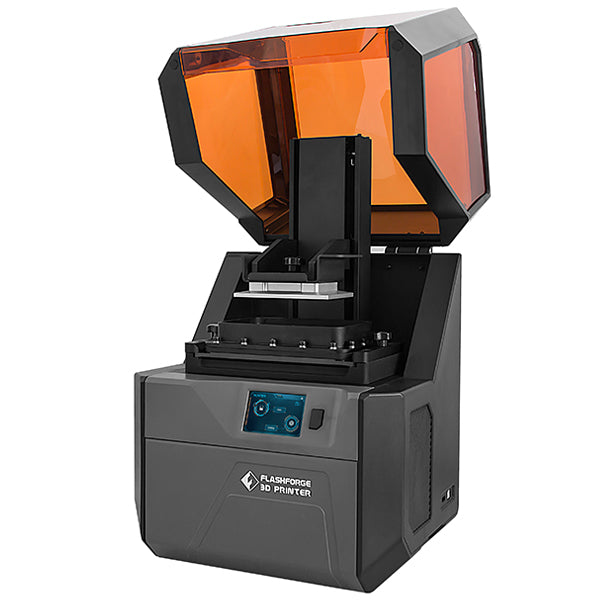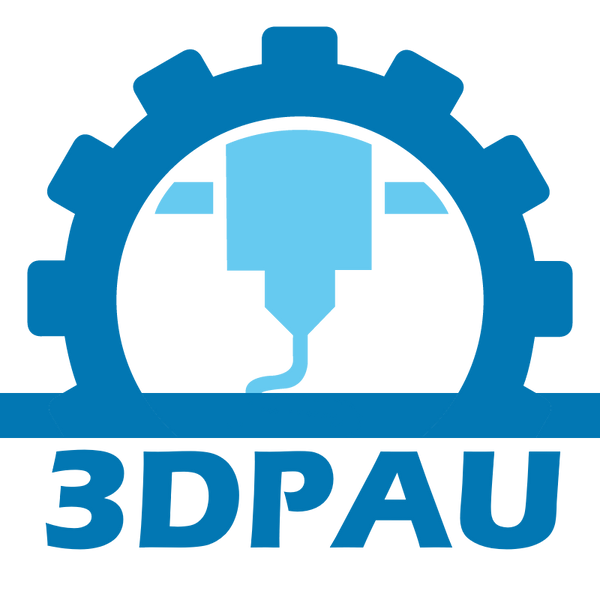Selecting the perfect 3D printer can seem daunting with the array of choices in today's technology-driven market. However, by understanding key factors and aligning them with your unique needs, you can confidently make an informed decision. This article explores the essential functions and features to consider when navigating your 3D printer purchase journey.
Firstly, consider the purpose of your 3D printer. Are you a hobbyist seeking to explore creative projects or a professional requiring high precision parts? Maybe you're an educator looking for a reliable machine for classroom use. Knowing your purpose will influence your choice significantly. For instance, professionals might gravitate towards printers with advanced features and higher precision, while beginners may opt for user-friendly, budget-friendly models.
The printing technology is another critical aspect to consider. The two prevalent technologies are Fused Deposition Modelling (FDM) and Stereolithography (SLA). FDM printers are popular for their affordability and versatility, ideal for beginners and hobbyists. In contrast, SLA printers use resin instead of filament, offering superior precision and surface finish, suitable for professionals requiring high-detail prints.
The build volume or print area is directly linked to the maximum size of the 3D prints you can create. Consider your future projects - will you print small components or larger models? It's better to select a printer that can comfortably accommodate your most ambitious designs. However, keep in mind that larger build volumes typically come with a higher price tag.
Material compatibility is another vital factor. Some 3D printers work with a variety of materials, such as PLA, ABS, TPU, and more. The ability to print with different materials opens up a plethora of possibilities for your projects, from flexible parts to sturdy mechanical components. So, it's worth considering a printer with broad material compatibility.
Speed and resolution are two opposing factors in 3D printing; faster prints often mean lower resolution and vice versa. If you require high-detail prints, prioritize a printer with higher resolution capabilities. However, if speed is more critical for your applications, consider a printer that can print quickly while still maintaining acceptable quality.
Lastly, don't forget the ease of use and software compatibility. A 3D printer with a user-friendly interface and software that's compatible with your preferred operating system can make your printing experience significantly more enjoyable and efficient.
In conclusion, the perfect 3D printer purchase depends on aligning your unique needs with the right mix of features and functions. By considering your purpose, the printer's technology, build volume, material compatibility, speed and resolution, and ease of use, you're well on your way to making a well-informed choice. Remember, the most expensive printer isn't necessarily the best for your needs; it's about finding the right fit for you.
As the 3D printing realm continues to evolve, staying informed about the latest trends, capabilities, and features is key. We're here to help you navigate this journey, providing up-to-date, relevant content and insights into the world of 3D printing. Happy printing!


